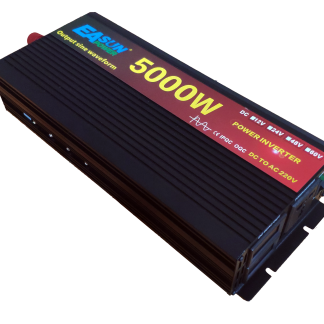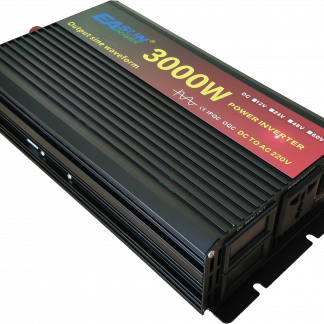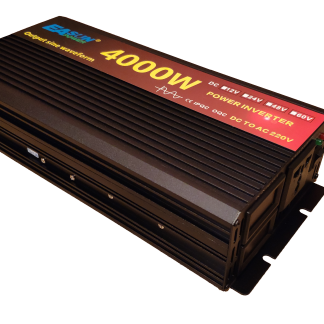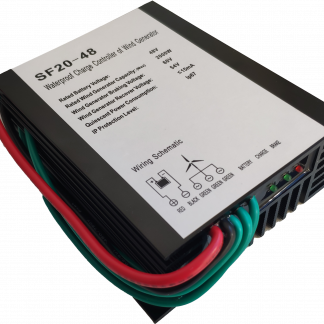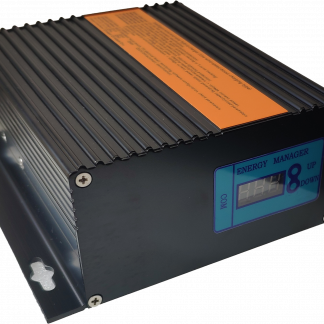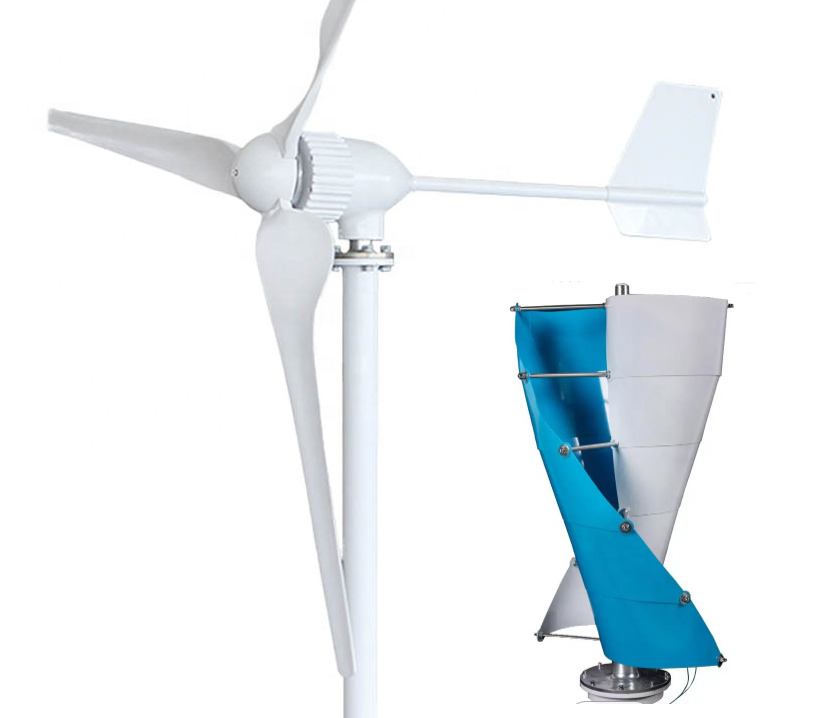
When it comes to comparing horizontal and vertical domestic wind turbines, there is no one-size-fits-all answer as it depends on various factors such as wind conditions, installation location, power requirements, and personal preferences.
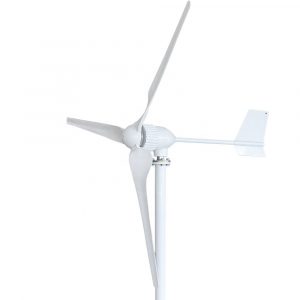 Horizontal-axis wind turbines (HAWTs) are the most common type of wind turbines, and they work by orienting the blades perpendicular to the wind direction. HAWTs have higher efficiency and power output compared to vertical-axis wind turbines (VAWTs) and are better suited for locations with consistent and strong winds. However, they are generally larger and more expensive to install. Here are the main VAWT advantages:
Horizontal-axis wind turbines (HAWTs) are the most common type of wind turbines, and they work by orienting the blades perpendicular to the wind direction. HAWTs have higher efficiency and power output compared to vertical-axis wind turbines (VAWTs) and are better suited for locations with consistent and strong winds. However, they are generally larger and more expensive to install. Here are the main VAWT advantages:
- Higher efficiency: HAWTs have higher efficiency compared to VAWTs, which means they can convert a greater percentage of the wind’s energy into usable electricity. This is because HAWTs can capture wind from a larger area and have larger blade diameters, allowing them to generate more power.
- Better performance in high wind speeds: HAWTs are designed to be more efficient in high wind speeds, and they can withstand strong winds without damage. This makes them a good choice for locations with consistent and strong winds.
- Easier maintenance: HAWTs are generally easier to maintain compared to VAWTs because they have fewer moving parts and require less frequent maintenance. This can help reduce maintenance costs over time.
- Greater availability: HAWTs are more widely available compared to VAWTs, which means there is a larger pool of suppliers, installers, and technicians who are familiar with HAWTs. This can make it easier to find and maintain a HAWT system.
- More customizable: HAWTs can be customized to suit specific needs and requirements, such as different blade lengths, shapes, and materials. This allows for greater flexibility in design and can result in a more optimized system for the specific location and conditions.
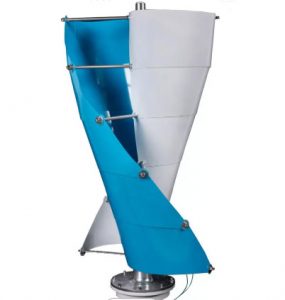 On the other hand, vertical-axis wind turbines (VAWTs) work by orienting the blades parallel to the ground, and they can capture wind from any direction. They are more compact and easier to install compared to HAWTs and can work well in areas with turbulent and low-speed winds. However, VAWTs typically have lower efficiency and power output compared to HAWTs. Here are five advantages of vertical-axis wind turbines (VAWTs) compared to horizontal-axis wind turbines (HAWTs):
On the other hand, vertical-axis wind turbines (VAWTs) work by orienting the blades parallel to the ground, and they can capture wind from any direction. They are more compact and easier to install compared to HAWTs and can work well in areas with turbulent and low-speed winds. However, VAWTs typically have lower efficiency and power output compared to HAWTs. Here are five advantages of vertical-axis wind turbines (VAWTs) compared to horizontal-axis wind turbines (HAWTs):
- Works in turbulent winds: VAWTs can operate in areas with turbulent winds, including urban areas and regions with complex topography, where HAWTs may not be as effective. This makes them a suitable choice for a wider range of locations.
- Lower noise levels: VAWTs typically generate less noise compared to HAWTs, which can be important in urban or residential areas where noise pollution can be a concern.
- Easy to install and maintain: VAWTs are generally simpler and easier to install compared to HAWTs, which can result in lower installation costs. They also have fewer moving parts, which means they require less maintenance over time.
- Lower wind speed requirements: VAWTs can start generating electricity at lower wind speeds compared to HAWTs. This means that they can generate power in a wider range of wind conditions, including lower wind speeds, making them a good choice for areas with lower average wind speeds.
- Aesthetically pleasing: VAWTs can be designed to be aesthetically pleasing and less obtrusive compared to HAWTs, which can be important in urban or residential areas where visual impact is a concern.
Ultimately, the choice between a horizontal or vertical domestic wind turbine depends on various factors such as wind conditions, installation location, power requirements, and personal preferences. It is important to carefully consider these factors and consult with a professional before deciding which type of turbine is best for your specific situation.

